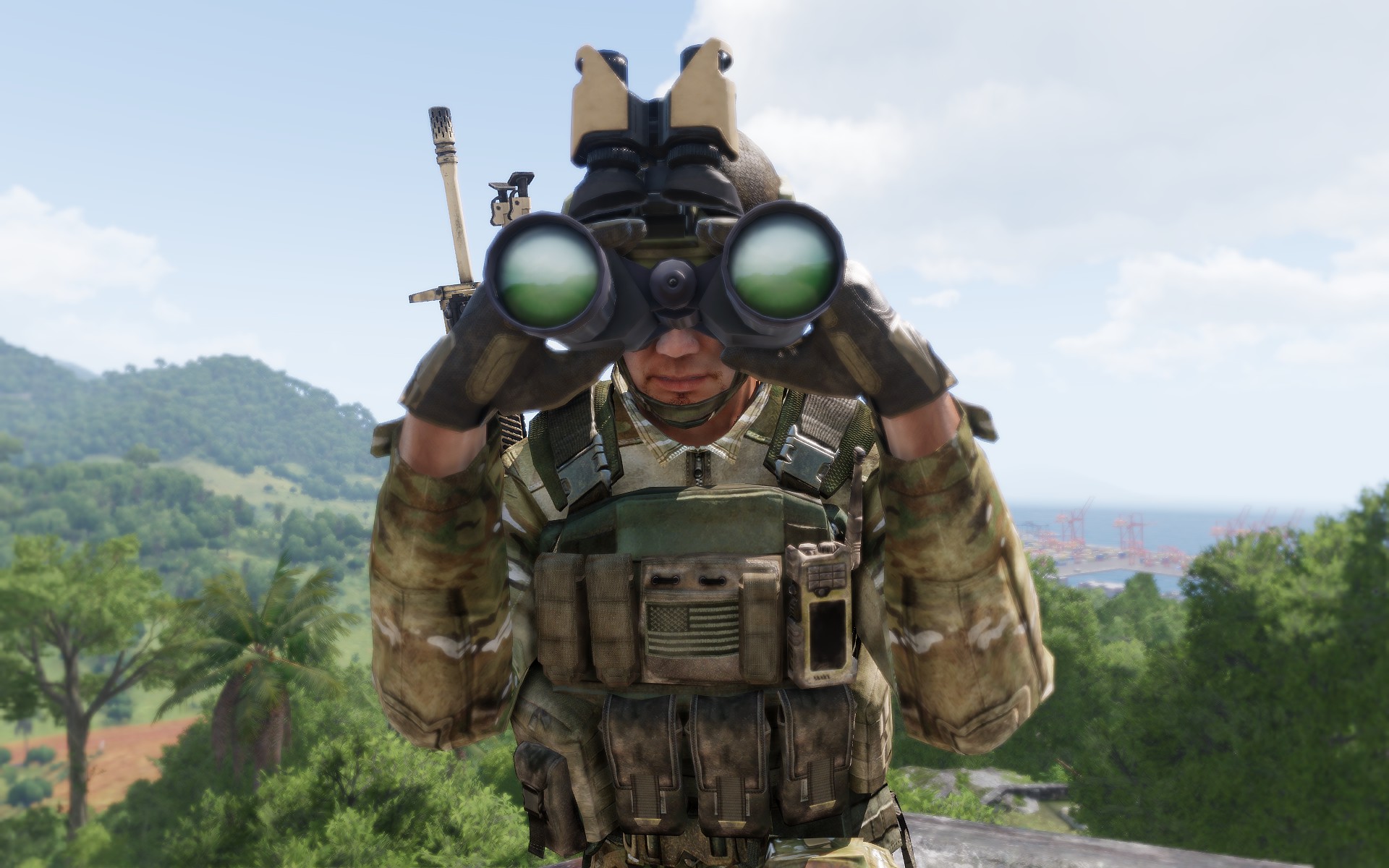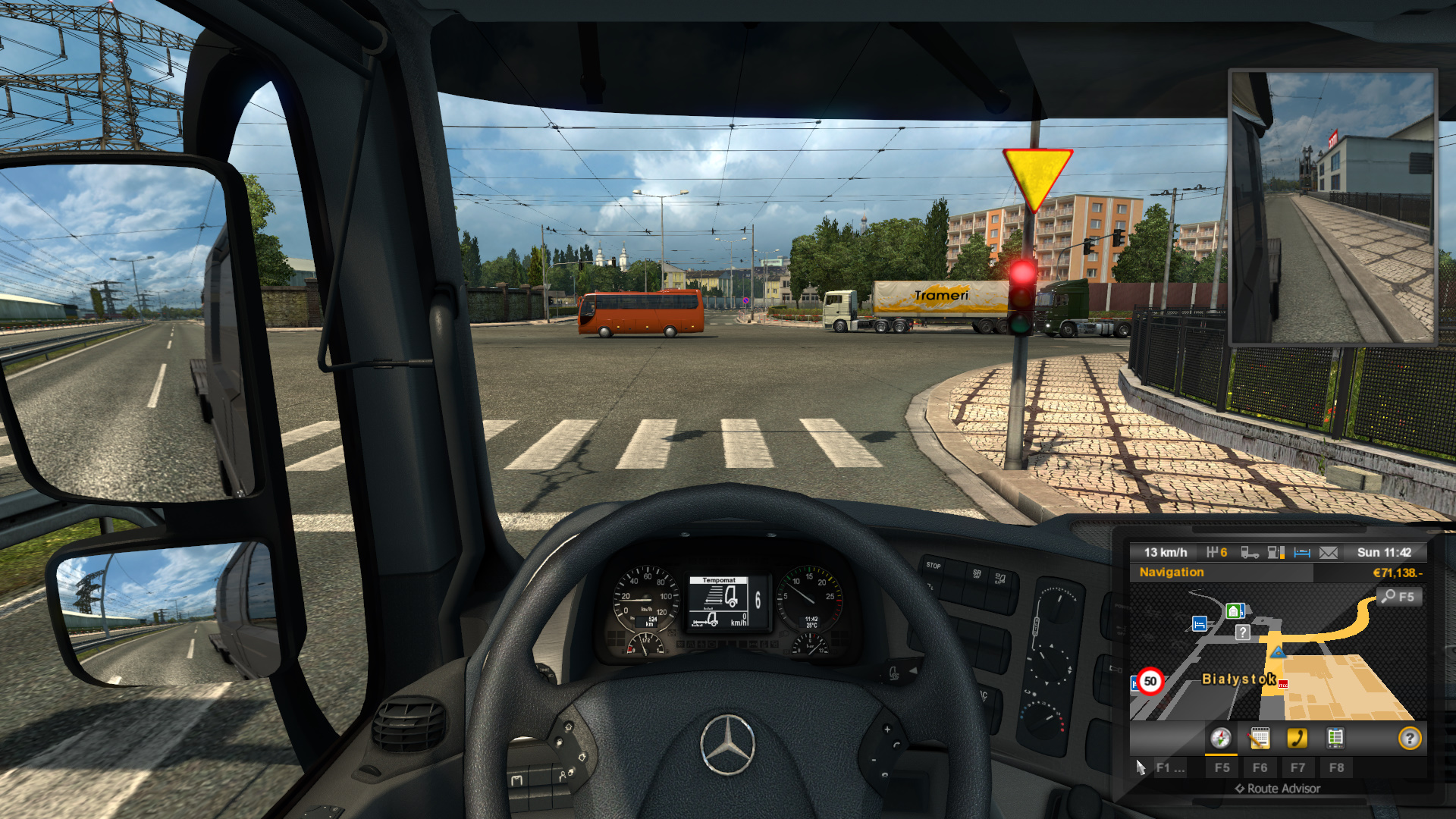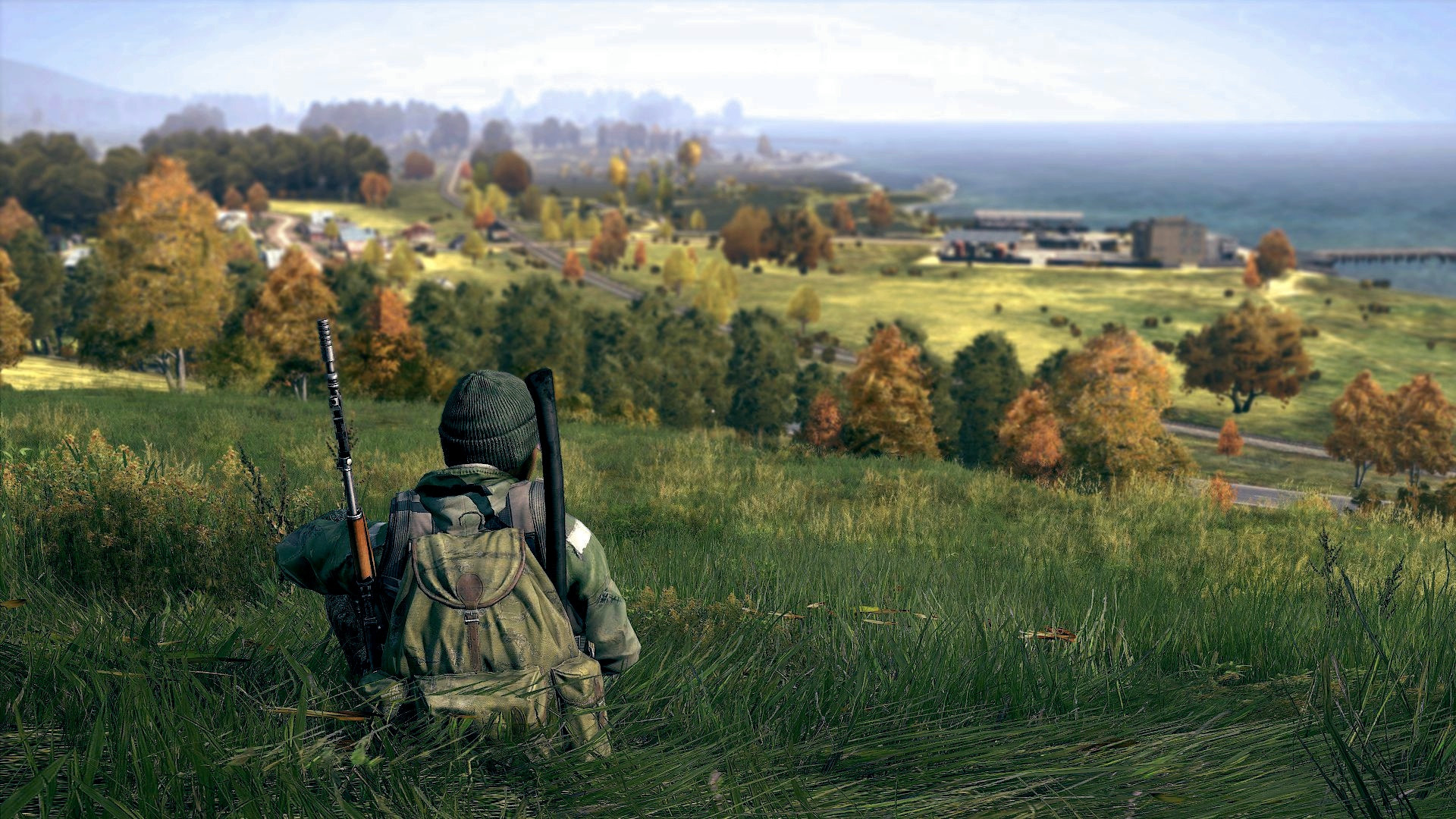What we can learn from games that play with real places
Pokémon Go isn't the first game to show us the beauty of playing in our own backyards.

Escaping the buzz surrounding Pokémon Go is, at this point, nearly impossible. Its greatest strength isn't that it's a good game, but that Pokémon Go challenges us to view our neighborhoods differently. Through the lens of your phone, that convenience store you never visit is now a 'PokéStop,' and that memorial you pass by on your way to work is a 'gym.' But you don't have to play Pokémon Go just to have that kind of shift in perspective—PC games have been tinkering with real-world locations for a long time. From the comfort of my computer chair, I've spent weeks discovering the joys of hauling dangerous materials in my Renault semi-truck between Poland and England in Euro Truck Simulator 2.
There's the prevailing myth that video games are often just a form of escapism, but Euro Truck Simulator 2 suggests just the opposite. Instead of running away from the real world, I'm gaining a unique understanding of it. Through the windshield of that truck, I'm beginning to see the twisting highways of Europe in a whole new light. With all of the tools that developers have at their fingertips, it's no surprise that most would want to spend their time bringing imaginary landscapes to life. But the subtlety of the world we live in can be just as memorable as the impossible realities dreamed up as backdrops for video games.

Euro Truck Simulator 2 certainly takes liberties in its recreation of Europe by decreasing its scale, but it has a masterful understanding of how something as mundane as a realistically modeled exit ramp can teach a lesson. Learning how to downshift through seven gears while simultaneously reducing speed and navigating an agonizingly tight turn has given me an appreciation for hauling a 20-ton trailer that I'd never have otherwise.
Real locations that inspire real understanding
What's fascinating about Euro Truck Simulator 2 isn't the ways it can make a mundane activity like truck driving interesting, but the fact that time and time again I walk away with a new appreciation for a real-world activity that I might not have had otherwise. My dozens of hours spent hauling haven’t given me the skills to operate an actual truck. But they have given me an understanding of the nuances of driving them that extends beyond what I consider as I pass semi-trucks on the highway—and I'm much more sympathetic to when they're struggling to make it up a hill now, too.
More importantly, video games that play with our own reality offer us spaces to engage in a way we could never do otherwise. Anyone can remember how terrifying it was stepping behind the wheel and learning to drive for the first time because there were tangible consequences to making a mistake. My first accident in Euro Truck Simulator might not have cost someone their life, but that didn't stop me from blushing furiously and fighting the need to apologize to the other AI drivers. Sims like Euro Truck Simulator 2 excel at poking holes in the wall between real-world experiences and those we traditionally have in video games, but there's still lessons to be gleaned from games that don't aspire to simulate reality with the same determination.

The sprawling forests of Arma 2 and DayZ's Chernarus are modelled heavily after Bohemia Interactive's homeland, the Czech Republic, but there's a pretty good chance that you've never been there. Still, by taking a real world location and using it as the framework for a fictional country, Bohemia Interactive created a layer of authenticity that few other shooters can achieve. Instead of building an environment that caters to the kind of experiences the developers wanted players to have, both DayZ and Arma 2, like our own lives, feel like products of the environment they exist in. As you begin to understand the landscape of Chernarus, you also begin to adapt how you play. Once you've been sniped in the head in an open field a few times, you learn to see pastures and glades not as shortcuts but death sentences. You learn to stalk along the treeline to maintain cover. I'm a wee bit embarrassed to admit that I sometimes find myself instinctively doing the same thing when I go out hiking.
Video games that play with our own reality offer us spaces to engage in a way we could never do otherwise.
That silly habit I've developed also illustrates the way games that model real-life create situations that inform how we act in the real world and how we behave in a video game. DayZ, for example, doesn't have a magical user interface that shows you where to go. Instead you need to lean on your own awareness of your surroundings, landmarks, and, if you're lucky enough to find them, a compass and a paper map. Being able to navigate the forests of Chernarus is, in many ways, no different than being able to navigate a forest in the real world—but with the added reassurance that making a wrong turn doesn't mean wandering into a hive of agitated zombies.
Keep up to date with the most important stories and the best deals, as picked by the PC Gamer team.
Of course, this has also inspired more than a few pilgrimages by dedicated fans to the parts of the Czech Republic that were used to create Chernarus. Aside from what playing in these environments can teach us, there's an undeniable allure to comparing the two, which in turn can give us a greater appreciation not only for the effort that went into building these worlds, but the real locations that inspired them. When it comes to a game like Tom Clancy's The Division, the greatest thing that it achieved was creating a Manhattan that felt authentic despite the state of chaos it had fell into.

As video games get progressively better at realistically modeling our world and find increasingly more creative methods to interact with that world, they also create opportunities to discover new ways of understanding our own. Whether it's through the camera on your phone as you hunt for Pokemon, the windshield of a semi-trick, or a pair of binoculars as you scout through the woods of Chernarus, each one offers a unique perspective that can inform how we behave in real-life. The lens might change, but the truth stays the same: Our world and the ways it intersects with games has plenty left to teach us.
With over 7 years of experience with in-depth feature reporting, Steven's mission is to chronicle the fascinating ways that games intersect our lives. Whether it's colossal in-game wars in an MMO, or long-haul truckers who turn to games to protect them from the loneliness of the open road, Steven tries to unearth PC gaming's greatest untold stories. His love of PC gaming started extremely early. Without money to spend, he spent an entire day watching the progress bar on a 25mb download of the Heroes of Might and Magic 2 demo that he then played for at least a hundred hours. It was a good demo.


